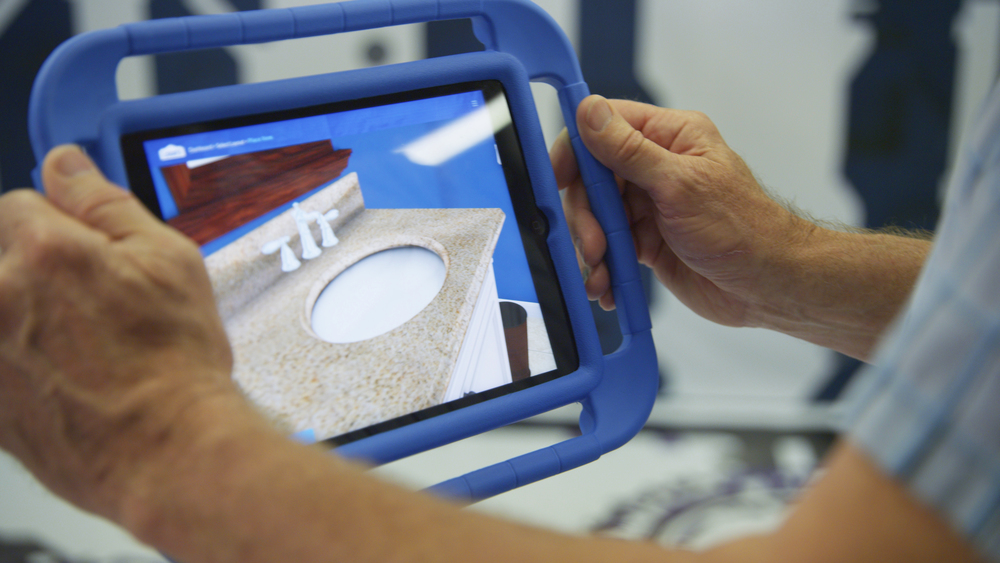Save 50% on a 3-month Digiday+ membership. Ends Dec 5.

Executives from the retail world were on hand this week at the Digiday Retail Summit in Half Moon Bay, California, to discuss what the store of the future may look like and the challenges facing the industry. Here are five key trends that emerged:
The technology isn’t there just yet.
Cross-channel attribution and fractured attribution plague the retail industry more than others, mostly because retailers have the most to gain from figuring out exactly where their sale is coming from. With the growing number of devices and the dizzying array of ad types, executives in the retail space are increasingly impatient for the technology will get there.
Storytelling is more important than ever.
Increasingly, online retailers are creating original video and copy that tells a story as well as (or, in some cases, better than) some publishers. Creative brand copy, at its best, shows off products in an authentic way. One of the companies doing this the best is the startup Walker and Co., former Foursquare exec Tristan Walker’s new venture. Its first product is Bevel, a shaving system for men of color. Walker’s own story, as well as testimonies from people who use the product — celebs and non-celebs — is paramount to the brand. In fact, Walker is unique in that he chooses to separate out the content part of the brand, BevelCode.com, from the actual product, which is found at GetBevel.com. Modcloth too, has a robust content and storytelling experience. “In everything that we do, we ask the customer for her point of view,” said Modcloth CMO Nancy Ramamurthi. “We’re a platform for our community. You go to our homepage and you always see something delightful and witty.”
Where should I put my money?
The media mix is getting more and more complicated. Everyone’s wondering which one is the right platform to spend time and energy on — the tried and tested, or the new and cool. The lines often feel blurred. “You can’t be on every platform,” said social commerce site Polyvore COO Arnie Gullov-Singh. As Erin Dwyer, svp global e-commerce and social at Kardashian Beauty put it, one challenge is deciding how to stay ahead of the curve with platform innovation while also balancing the basics about sales and engagement.
Digital is meeting the physical in futuristic ways.
The point where online commerce converges with brick-and-mortar — and making the two work together more efficiently — is a constant, ongoing challenge for retailers. But many are using cutting-edge technologies to solve them. For example, Lowe’s figured out a way to make offline shopping more interesting by letting people view a 3D model of their renovation projects — inside a virtual reality room. “We live in an exponential world,” said Kyle Nel, executive director at Lowe’s Innovation Labs. “You can get wiped out if you’re not at a forefront [of innovation].”
Another retailer at the vanguard is Bow & Drape, the venture-backed custom apparel online retailer that has incorporated 3D printing into its designs. Aubrie Pagano, CEO and co-founder said the company said he thinks about how “customization can engender really interesting experiences offline.” Bow & Drape calls its in-store experience, which it will pilot this year, “instant fashion.” Customers will be able to come in, design an item of clothing, and the company will make it in under an hour.
Internal organizational issues are especially a problem for legacy retailers.
During the retailer town hall, held before the summit even began, many retailers in the room brought up the issue of how e-commerce divisions and digital marketing initiatives often feel siloed from the rest of the company. For a company like Target, for example, which obviously has a big brick-and-mortar presence but is also increasingly focused on online retail, incentivizing everyone in the company — not just the specific department — to grow e-commerce is proving difficult.
Ad position: web_incontent_pos1
Image via Lowe’s Innovation Labs
More in Marketing

Ulta, Best Buy and Adidas dominate AI holiday shopping mentions
The brands that are seeing the biggest boost from this shift in consumer behavior are some of the biggest retailers.

U.K. retailer Boots leads brand efforts to invest in ad creative’s data layer
For media dollars to make an impact, brands need ad creative that actually hits. More CMOs are investing in pre- and post-flight measurement.

‘AI is permeating everything we do’: How Guitar Center developed 2 AI tools this year
This summer, the company launched a chatbot called Rig Advisor to help customers find the right instruments and products.
Ad position: web_bfu


